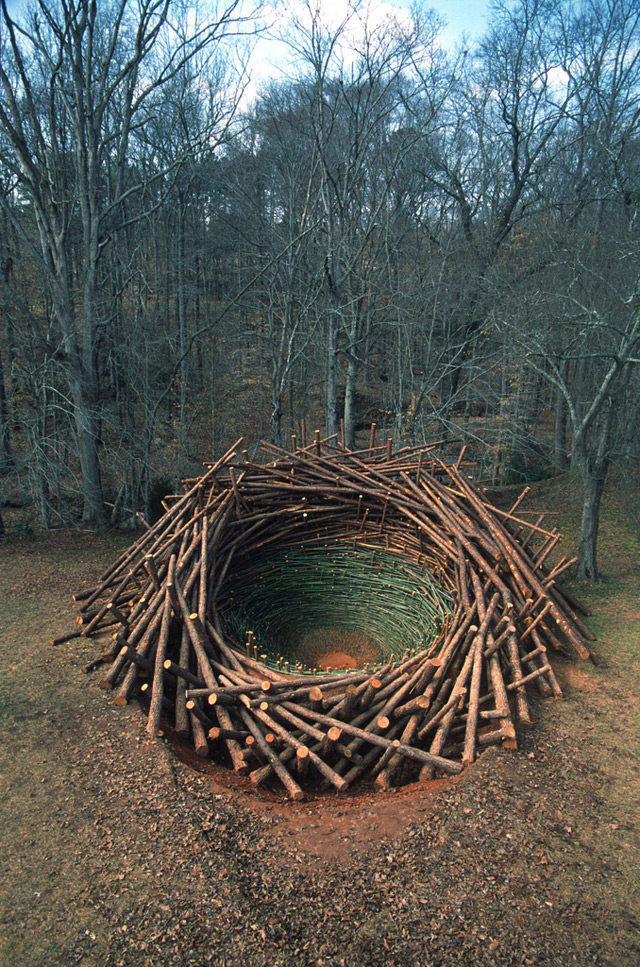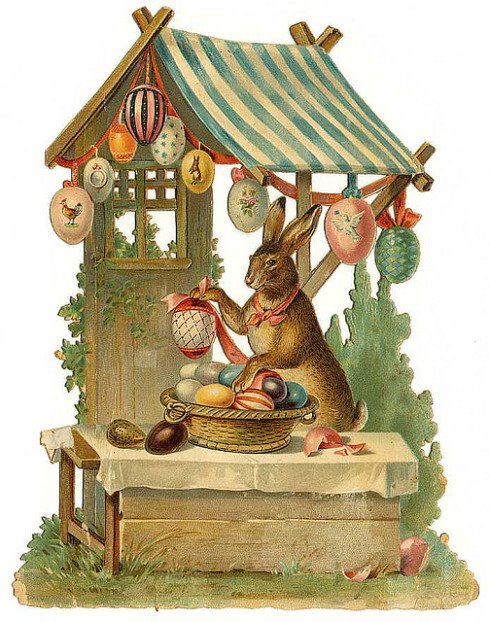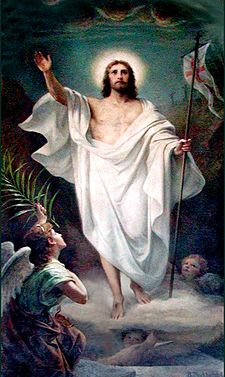

Beltane celebrates the fertility of the earth
and the potency of the life-force.
and the potency of the life-force.
and traditionally marked the arrival of Summer
in ancient times.
At Beltane the Pleiades star cluster rises just before sunrise on the morning horizon, whereas winter (Samhain) begins when the Pleiades rises at sunset. The Pleiades is a cluster of seven closely placed stars, the seven sisters, in the constellation of Taurus, near his shoulder. It stands very low in the east-northeast sky for just a few minutes before sunrise.
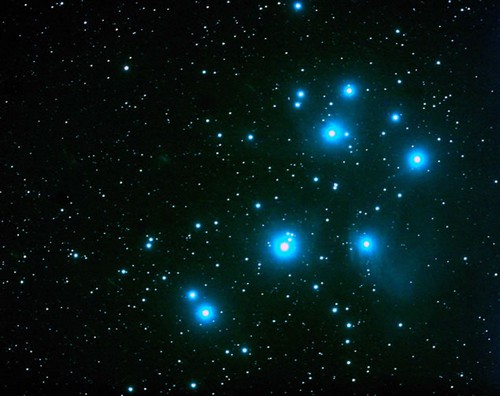
Beltane, and its counterpart Samhain, divide the year into its two primary seasons, winter (Dark Part) and summer (Light Part). As Samhain is about honoring Death, Beltane, its counter part, is about honoring Life. It is the time when the sun is fully released from his bondage of winter and able to rule over summer and life once again.

Beltane, like Samhain, is a time of "no time" when the veils between the two worlds are at their thinnest. No time is when the two worlds intermingle and unite and the magic abounds! It is the time when the Faeries return from their winter respite (faeries migrate too!), carefree and full of faery mischief and faery delight.

On the night before Beltane, in times past, folks would place rowan branches at their windows and doors for protection, many otherworldly occurrences could transpire during this time of "no time".
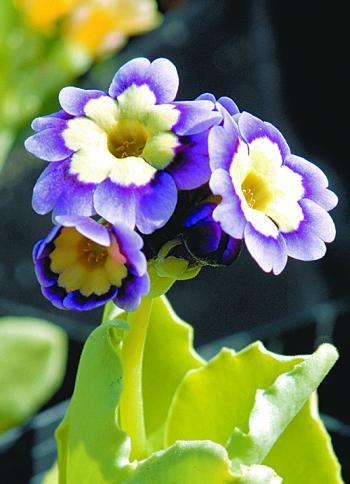
Traditionally on the Isle of Man, the youngest member of the family gathers primroses
on the eve before Beltane
and throws the flowers
at the door of the home for protection.
In Ireland it is believed that food left over
from May Eve must not be eaten, but rather buried or left as an offering to the faery instead.
Much like the tradition of leaving of whatever
is not harvested from the fields on Samhain,
food on the time of 'no time' is treated with great care.
(It is generally a good idea to pay mind to those old adages)
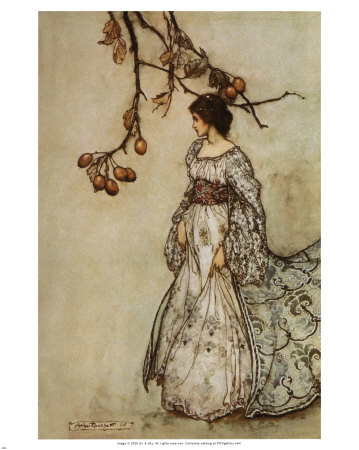
When the veils are so thin it is an extremely magical time. Legend has it that if you sit beneath a tree on Beltane night, you may see the Faery Queen or hear the sound of Her horse's bells as She rides through the night.


The beginning of summer heralds an important time, for the winter is a difficult journey and weariness and disheartenment set in, personally one is tired down to the soul. In times past the food stocks were low; variety was a distant memory. The drab non-color of winter's end perfectly represents the dullness and fatigue that permeates on so many levels to this day. We need Beltane, as the earth needs the sun, for our very Spirit cries out for the renewal of summer jubilation.
Beltane marks that the winter's journey has passed and summer has begun, it is a festival of rapturous gaiety as it joyfully heralds the arrival of summer in her full garb. Beltane, however, is still a precarious time, the crops are still very young and tender, susceptible to frost and blight. As was the way of ancient thought, the Wheel would not turn without human intervention. People did everything in their power to encourage the growth of the Sun and His light, for the Earth will not produce without the warm love of the strong Sun.

Fires, celebration and rituals were an important part of the Beltane festivities, as to insure that the warmth of the Sun's light would promote the fecundity of the earth.

Fires, celebration and rituals were an important part of the Beltane festivities, as to insure that the warmth of the Sun's light would promote the fecundity of the earth.
Beltane marks the passage into the growing season, the immediate rousing of the earth from her gently awakening slumber, a time when the pleasures of the earth and self are fully awakened. It signals a time when the bounty of the earth will once again be had. May is a time when flowers bloom, trees are green and life has again returned from the barren landscape of winter, to the hope of bountiful harvests, not too far away, and the lighthearted bliss that only summer can bring.
Flowers are a crucial symbol of Beltane, they signal the victory of Summer over Winter and the blossoming of sensuality in all of nature and the bounty it will bring.
In the past it was the night of the Greenwood marriage, when the union between the Horned God and the Fertile Goddess was re-enacted by the women and men to ensure the fertility of the land.
Young men and women wandered into the woods before daybreak of May Day morning with garlands of flowers and/or branches of trees. They would arrive; most rumpled from joyous encounters, in many areas with the maypole for the Beltane celebrations. Pre-Christian society's thoughts on human sexuality and fertility were not bound up in guilt and sin, but rather joyous in the less restrained expression of human passions.

Life was not an exercise but rather a joyful dance, rich in all beauty it can afford.
 The Maypole is an important element to Beltane festivities, it is a tall pole decorated with long brightly colored ribbons, leaves, flowers and wreaths. Young maidens and lads each hold the end of a ribbon, and dance revolving around the base of the pole, interweaving the ribbons. The circle of dancers should begin, as far out from the pole as the length of ribbon allows, so the ribbons are taut. There should be an even number of boys & girls. Boys should be facing clockwise and girls counterclockwise. They each move in the direction that they are facing, weaving with the next, around to braid the ribbons over-and-under around the pole. Those passing on the inside will have to duck, those passing on the outside raise their ribbons to slide over. As the dances revolve around the pole the ribbons will weave creating a pattern, it is said that the pattern will indicate the abundance of harvest year..
The Maypole is an important element to Beltane festivities, it is a tall pole decorated with long brightly colored ribbons, leaves, flowers and wreaths. Young maidens and lads each hold the end of a ribbon, and dance revolving around the base of the pole, interweaving the ribbons. The circle of dancers should begin, as far out from the pole as the length of ribbon allows, so the ribbons are taut. There should be an even number of boys & girls. Boys should be facing clockwise and girls counterclockwise. They each move in the direction that they are facing, weaving with the next, around to braid the ribbons over-and-under around the pole. Those passing on the inside will have to duck, those passing on the outside raise their ribbons to slide over. As the dances revolve around the pole the ribbons will weave creating a pattern, it is said that the pattern will indicate the abundance of harvest year..
Today in some towns and villages a mummer called Jack in the Green (drawing from the Green man), wears a costume made of green leaves as he dances around the May pole. Mumming is a dramatic performance of exaggerated characters and at Beltane the characters include Jack in the Green and the Fool. The Fool, and the Fool's journey, symbolism can be understood in relation to Beltane as it is the beginning of beginnings, the emergence from the void of nothingness (winter), as one can also see the role of the green man as the re-greening of the world.
The Maypole dance as an important aspect of encouraging the return of fertility to the earth. The pole itself is not only phallic in symbolism but also is the connector of the three worlds.

Dancing the Maypole during Beltane is magical experience as it is a conduit of energy, connecting all three worlds at a time when these gateways are more easily penetrable. As people gaily dance around and around the pole holding the brightly colored ribbons, the energy it raises is sent down into the earth's womb, bringing about Her full awakening and fruitfulness.

Dancing the Maypole during Beltane is magical experience as it is a conduit of energy, connecting all three worlds at a time when these gateways are more easily penetrable. As people gaily dance around and around the pole holding the brightly colored ribbons, the energy it raises is sent down into the earth's womb, bringing about Her full awakening and fruitfulness.
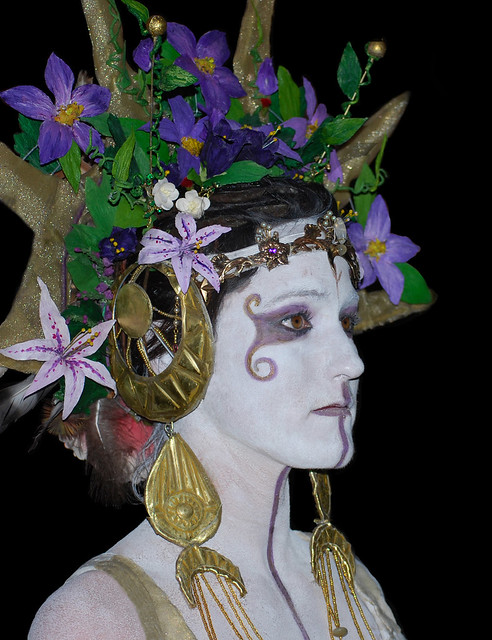
Edinburgh Beltane Festival 2010 - May Queen
 There is also a Queen of May. She is said in many areas to have worn a gold crown with a single, gold leaf at its front, in other areas her crown was made of fresh flowers.
There is also a Queen of May. She is said in many areas to have worn a gold crown with a single, gold leaf at its front, in other areas her crown was made of fresh flowers. She was typically chosen at the start of the Beltane festival, which in time past was after sundown on the eve before Beltane day. Many accounts mention both a May Queen and King being chosen, whom would reign from sundown the eve before the Beltane day to sunset on Beltane.
Among their duties would be to announce the Beltane games and
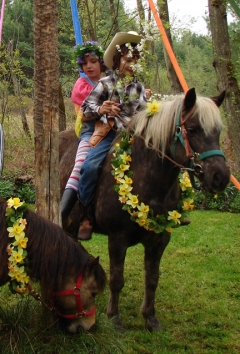
award the prizes to the victors. The rudimentary base of this practice can be drawn back to the roots of Beltane festivities, the union of the Goddess and Her Consort, the joining of earth and sun, the endowment of summer.

It is customary that trial unions, (called Handfastings) for a year and a day, occur at this time. More or less these were statements of intent between couples, which were not legally binding. The trial marriages typically occurred between a couple before deciding to take a further step into a legally binding union. It seems ancient wisdom understood that one does not really know another until they have lived with them, and when you live together things change and we change, as well. With this understanding unions were entered upon, first as a test period, and then if desired, a further commitment could be taken. It through always knowing that it is only through the choice of both to remain, that the relationship exists favorably.
Water is another important association of Beltane, water is refreshing and rejuvenating, it is also imperative to life. It is said that if you bathe in the dew gathered before dawn on Beltane morn, your beauty will flourish throughout the year. Those who are sprinkled with May dew are insured of health and happiness. There are other folk customs such as drinking from the well before sunrise on Beltane Morn to insure good health and fortune.


The central color of Beltane is green. Green is the color of growth, abundance, plentiful harvest, abundant crops, fertility, and luck.


Offerings of bannocks and drink are traditionally left on doorsteps and roadways for the Faeries as an offering, in hope of faery blessings.
